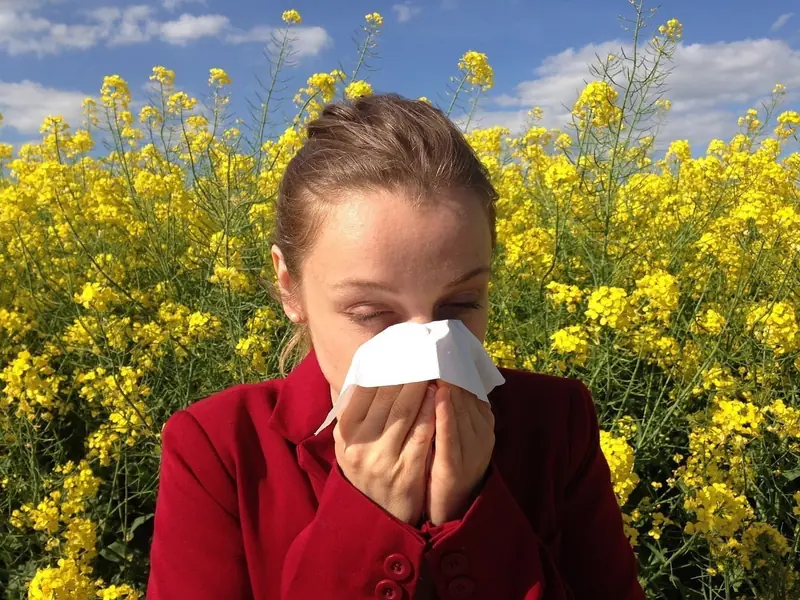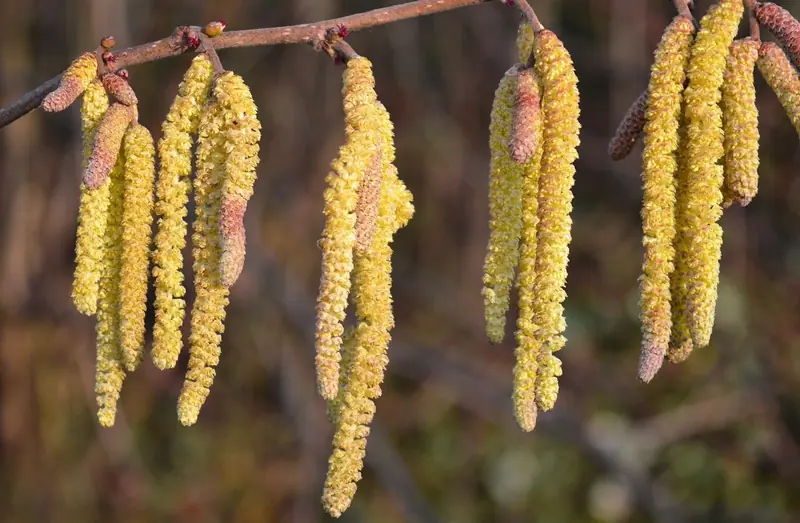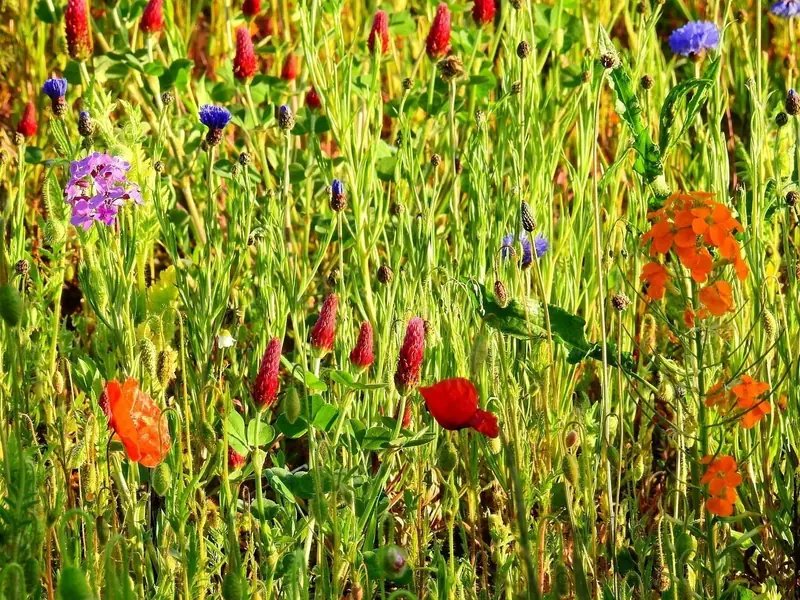
People suffering from hay fever may have noticed that their seasonal allergies are worsening. While climate change may not seem like an immediate crisis, it is already having a significant impact. Now, we can add another negative consequence of global warming to the list—its connection to seasonal allergies.
The Impact of Climate Change on Hay Fever
Earlier this year, meteorologists warned that seasonal rhinitis could worsen due to climate change. This is not just a hypothetical problem for the future.
In a recent study, researchers examined pollen trends over the past 26 years in the United Kingdom. They focused on grass, birch, and oak pollen to investigate how changing weather patterns are already affecting the hay fever season.
While the study confirmed that climate change undoubtedly has an impact, the exact results depend on which type of pollen affects allergy sufferers. The birch pollen season, which ranks second in significance for seasonal allergies after grass pollen, is becoming increasingly severe. This means that the overall amount of pollen observed during the season is significantly rising.
 The oak pollen season is also starting earlier and lasting longer. However, the good news is that grass pollen, which is the most significant contributor to seasonal allergies, does not seem to be increasing compared to previous years, even though it is arriving earlier.
The oak pollen season is also starting earlier and lasting longer. However, the good news is that grass pollen, which is the most significant contributor to seasonal allergies, does not seem to be increasing compared to previous years, even though it is arriving earlier.
The data from the study pertains only to 2020. However, as lead author Beverly Adams-Groom notes, these trends are persistent. She states that the birch pollen season in 2021 was one of the worst we have ever seen.
What Causes Seasonal Allergies?
Pollen is a fine powder produced by plants as part of their reproductive cycle. Hay fever is an allergic reaction to the proteins contained in pollen when it enters the eyes, nose, and throat.
There are three main hay fever seasons. The first, associated with tree pollen, begins in March and lasts until mid-May. The second, linked to grass pollen, runs from mid-May to July. The third lasts from late June to September and is associated with weeds.
When it comes to climate change, theoretically, higher levels of carbon in the atmosphere and warmer temperatures should stimulate plant growth. This means that plants can grow faster, bloom earlier, and produce more pollen.
A European research group has shown that the grass pollen season in European countries could worsen if significant measures are not taken to curb carbon emissions. It is predicted that if carbon levels double, pollen production could increase by up to 60%. However, the actual consequences are somewhat more complex due to the weather changes caused by climate change.
How Does Climate Change Affect Pollen Production?
Many countries in Europe are already experiencing warmer, wetter winters, hotter and drier summers, and more intense extreme weather events. These factors play a crucial role in how plants produce and release pollen. The amount of pollen that reaches the eyes and noses of allergy sufferers depends on weather conditions.
Higher temperatures and more sunny hours early in the year have led to increased oak pollen in recent years. Rising temperatures are also worsening the birch pollen season.
As Ms. Adams-Groom notes in an interview with Sciencefocus, if summer weather is warm, the tree pollen season the following year is likely to be harsher. However, how severe it will be also depends on the weather next year. For pollen to disperse effectively, the season must have good weather. If it rains constantly and is cold, the pollen grains will remain inside the flowers.
 Grasses produce their pollen closer to the time they release it. A prolonged period of warm and dry days during the season can lead to many consecutive days with high pollen levels. However, this can also result in rapid depletion of grasses and a season that ends earlier than usual.
Grasses produce their pollen closer to the time they release it. A prolonged period of warm and dry days during the season can lead to many consecutive days with high pollen levels. However, this can also result in rapid depletion of grasses and a season that ends earlier than usual.
However, drier weather in early spring may mean that grasses do not produce as much pollen as usual. Moreover, as Ms. Adams-Groom points out, the amount of pollen does not fully represent how severe seasonal allergy symptoms can be on any given day.
Pollen Levels May Not Increase, But Their Potency Does
Other recent studies indicate that factors such as carbon levels and air pollution can enhance the potency of pollen grains. This means that even if the amount of pollen in the air does not increase, and the season overall does not become harsher, each pollen grain may contain more allergenic protein that triggers seasonal allergy symptoms.
As Ms. Adams-Groom states, we cannot be certain about what is happening. However, we should assume that, despite the fact that the amount of pollen in the atmosphere is not increasing, it is becoming more potent in its effects. Therefore, there may be more free allergens in the atmosphere.
All of this increases the potential for hay fever seasons to worsen with climate change. However, as Ms. Adams-Groom notes, similar to trying to predict the weather, the devil is in the details. We will have to wait for each season to arrive before we truly know how bad (or not) the manifestations of seasonal allergies will be.
